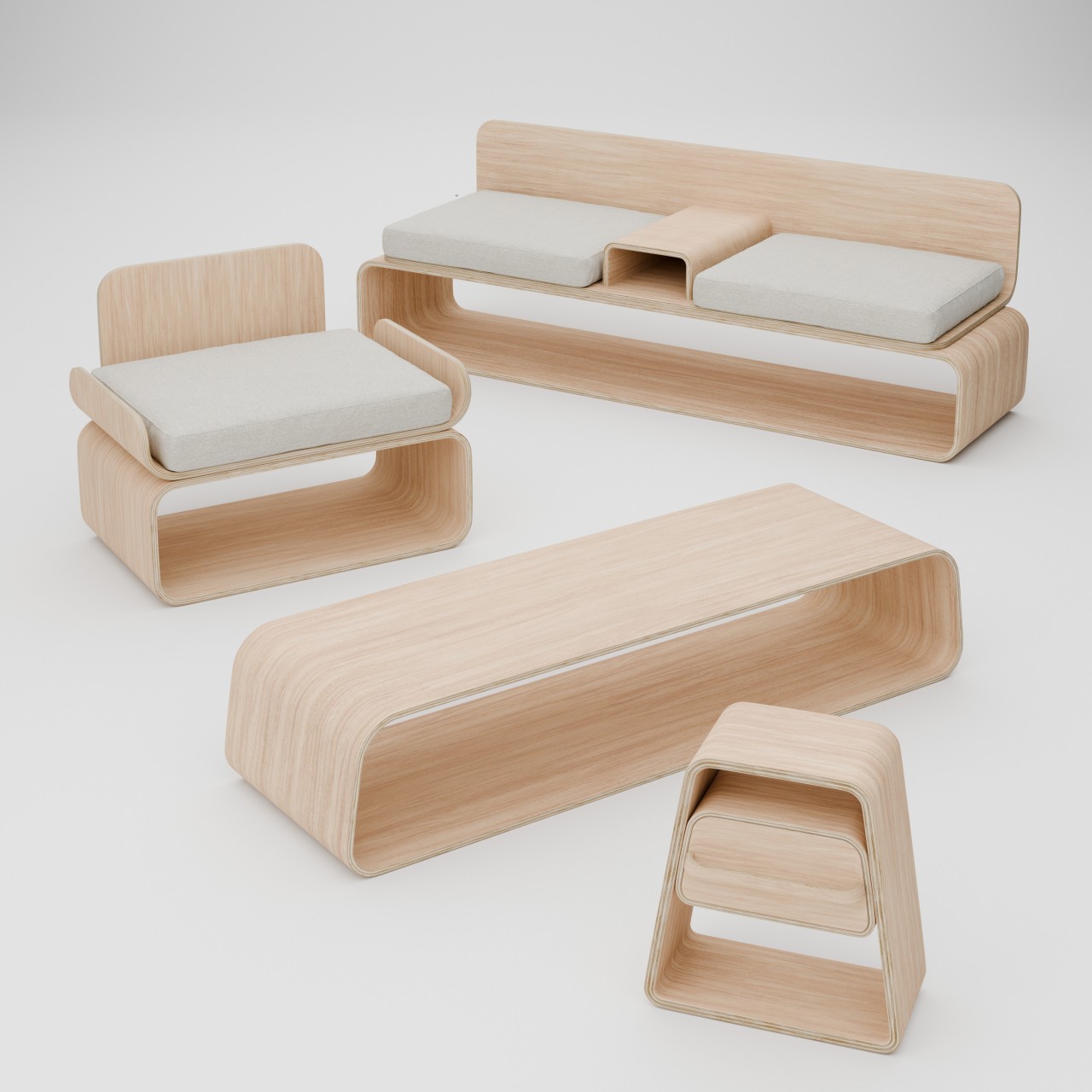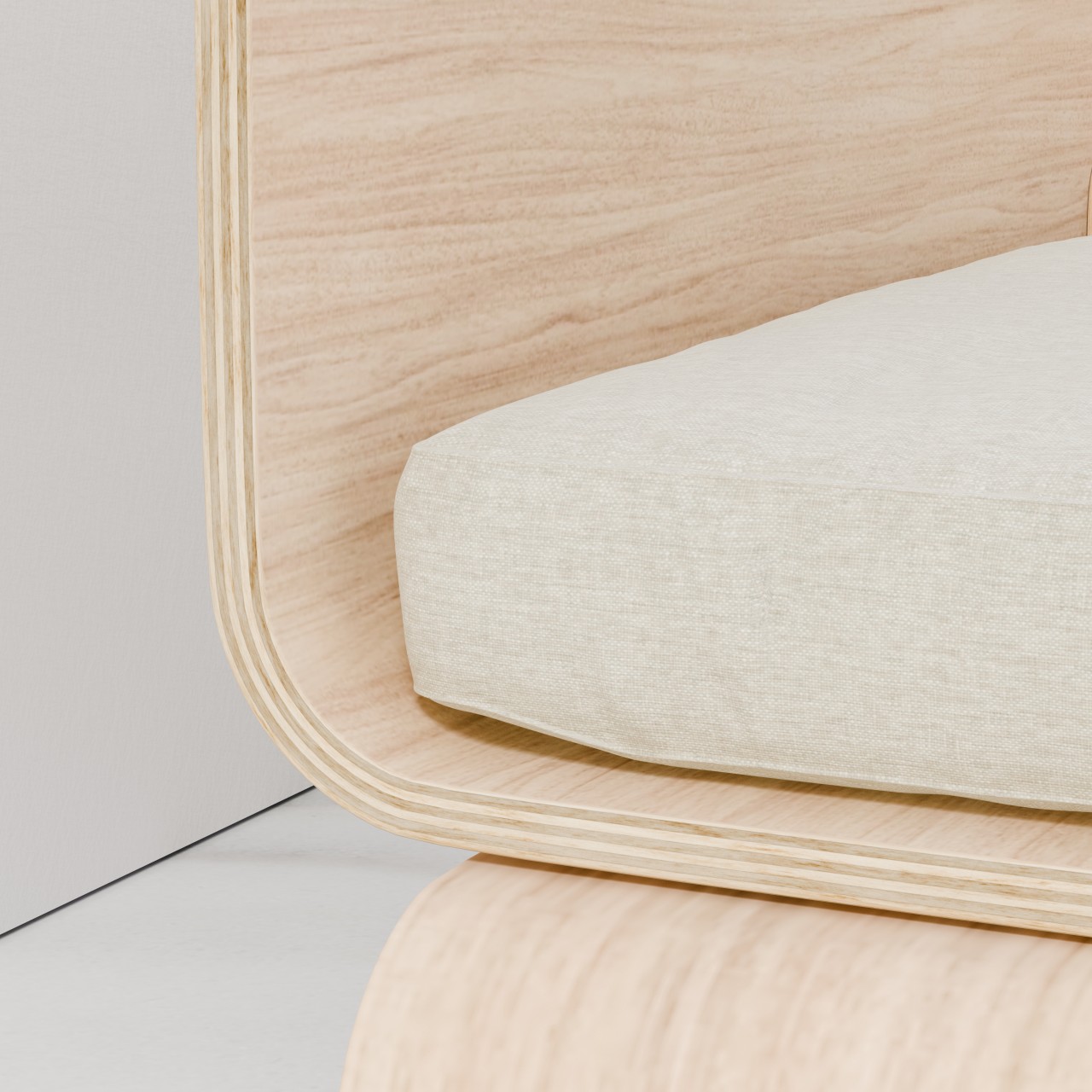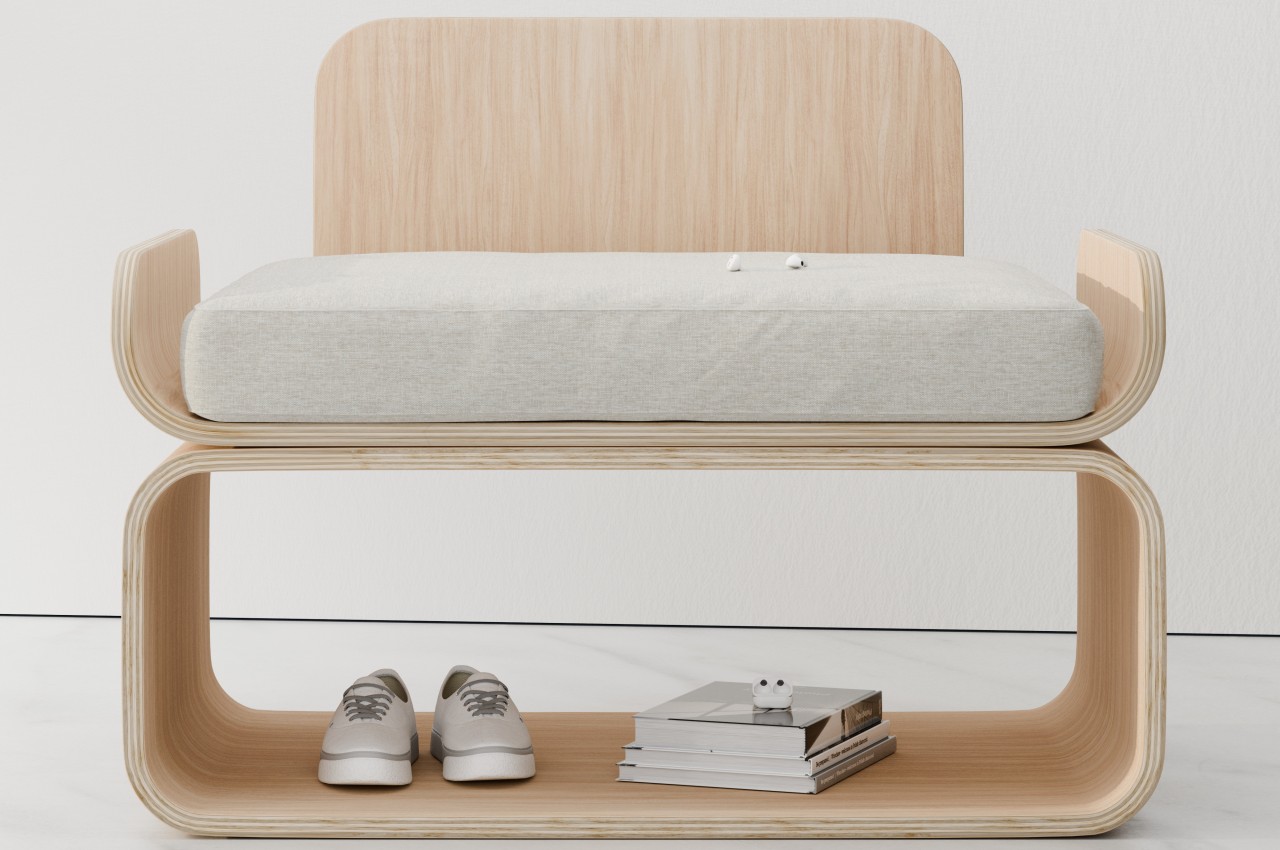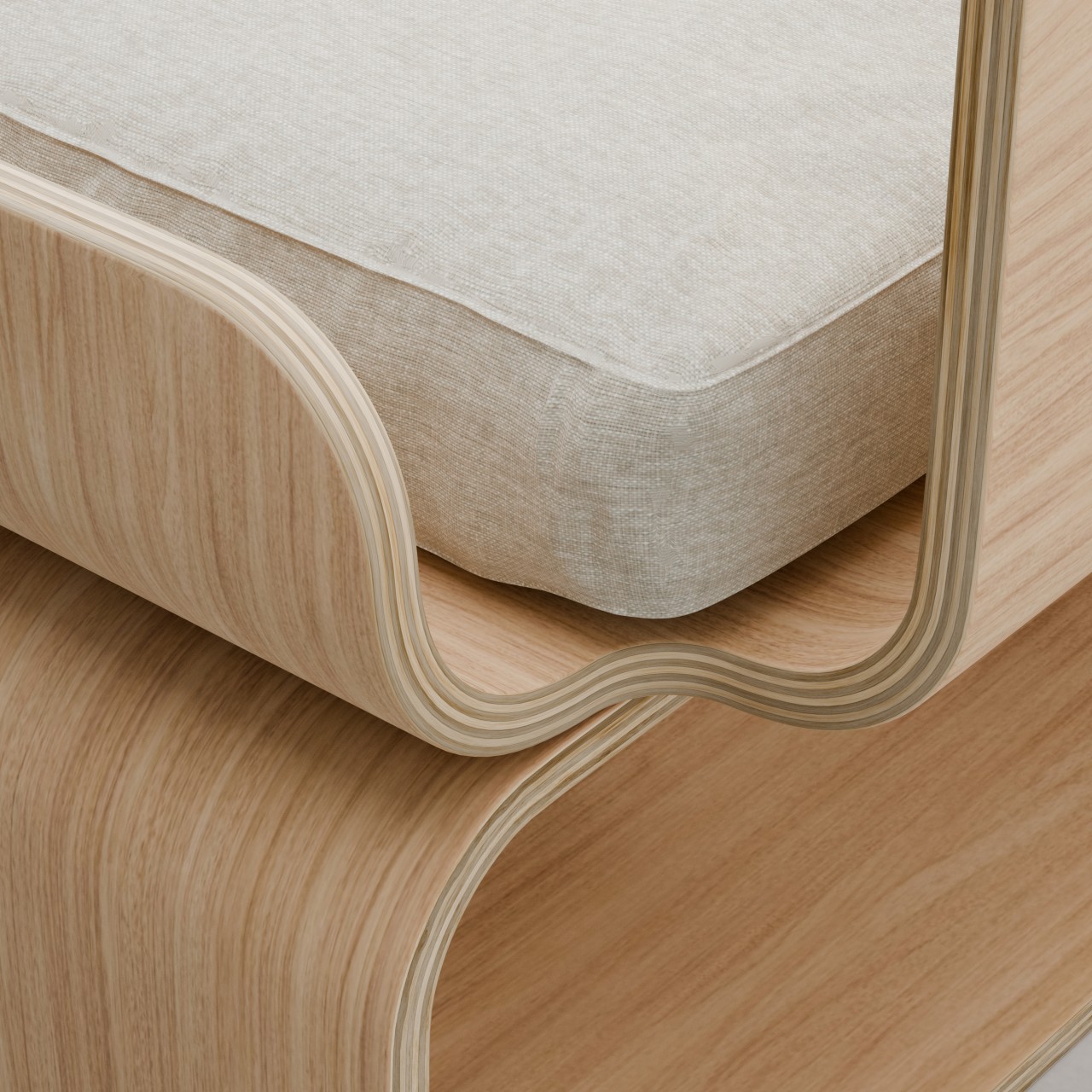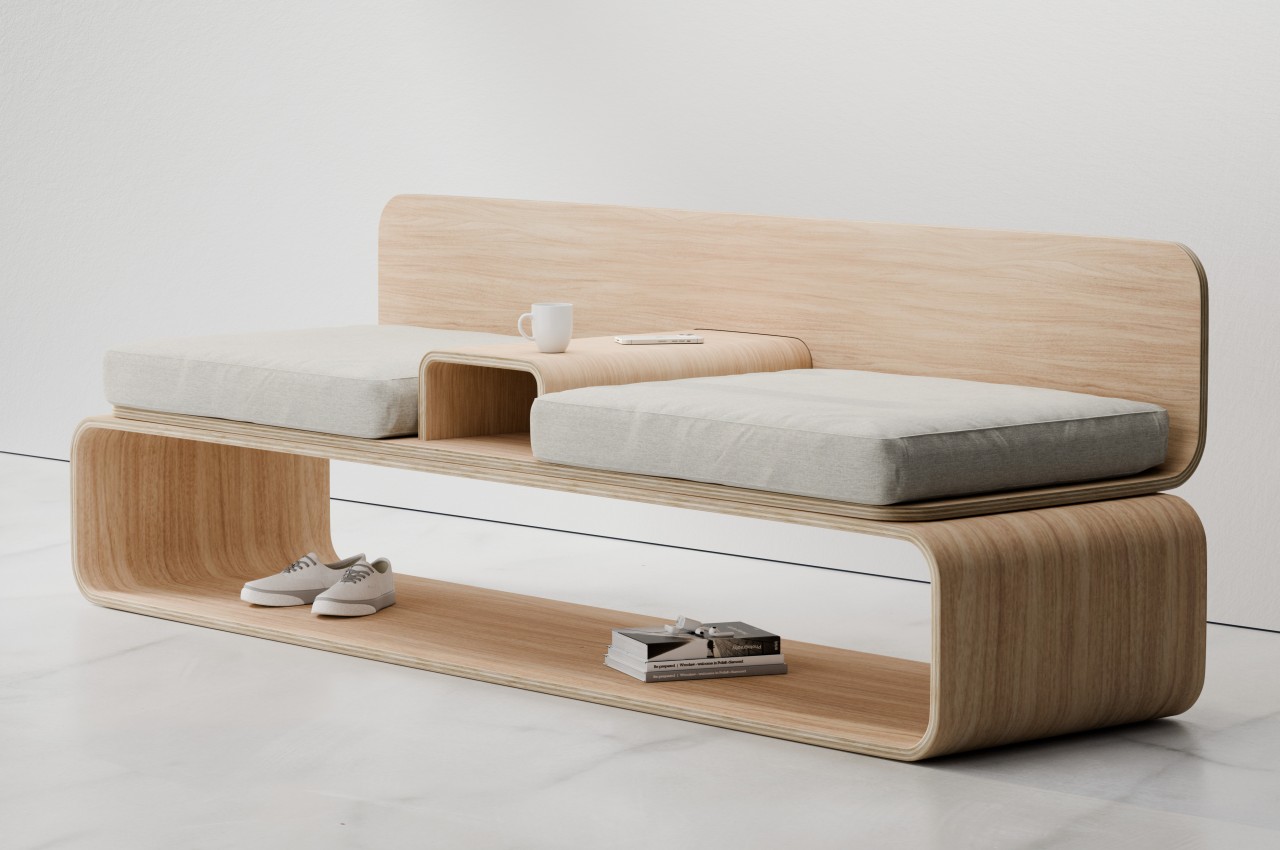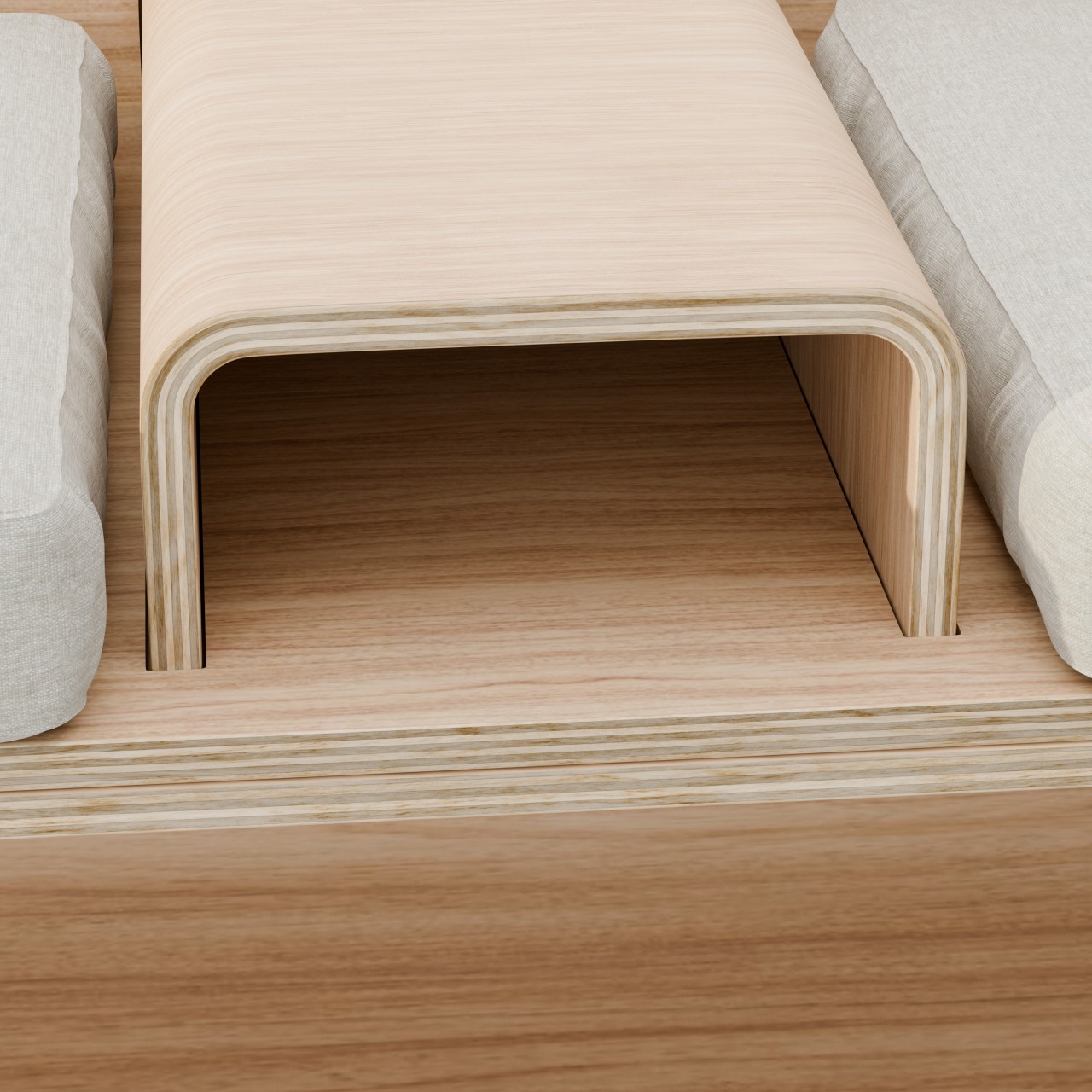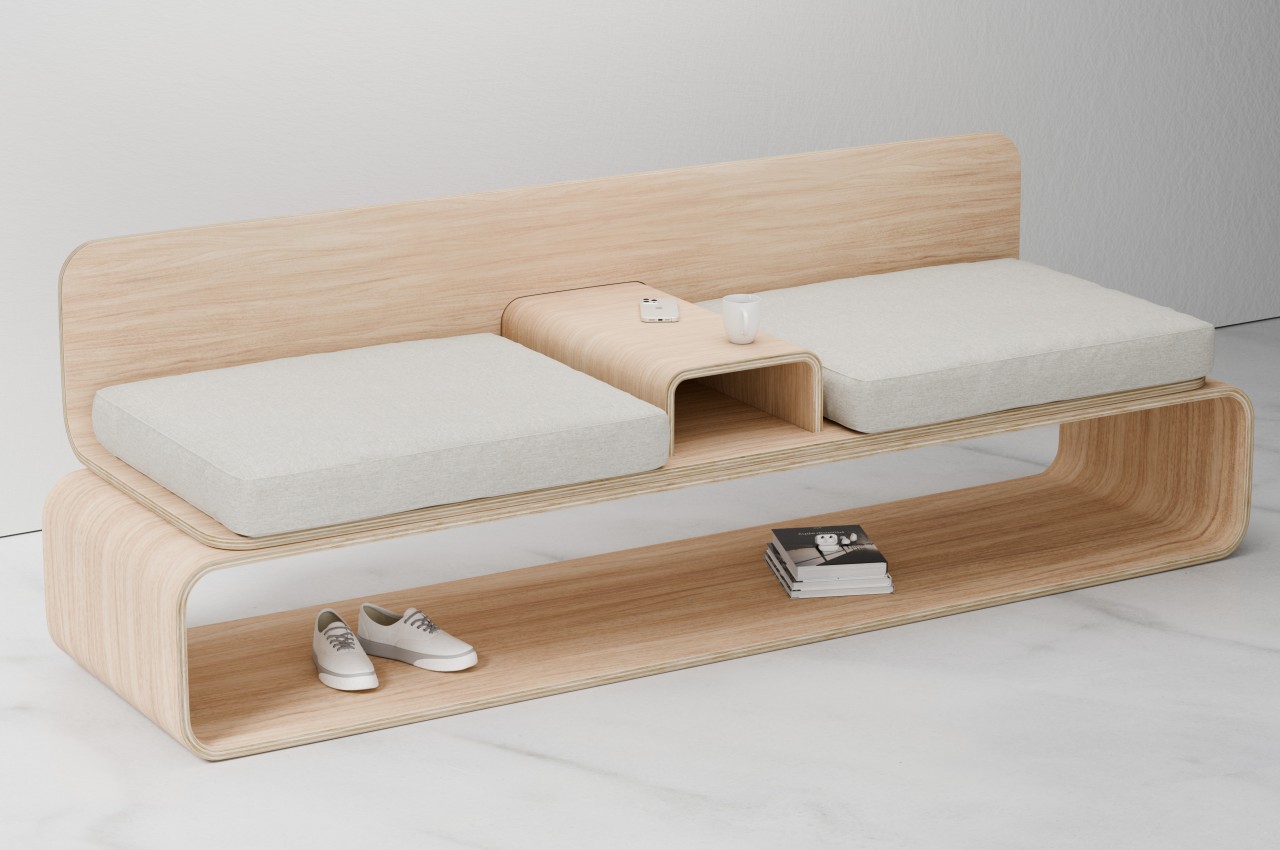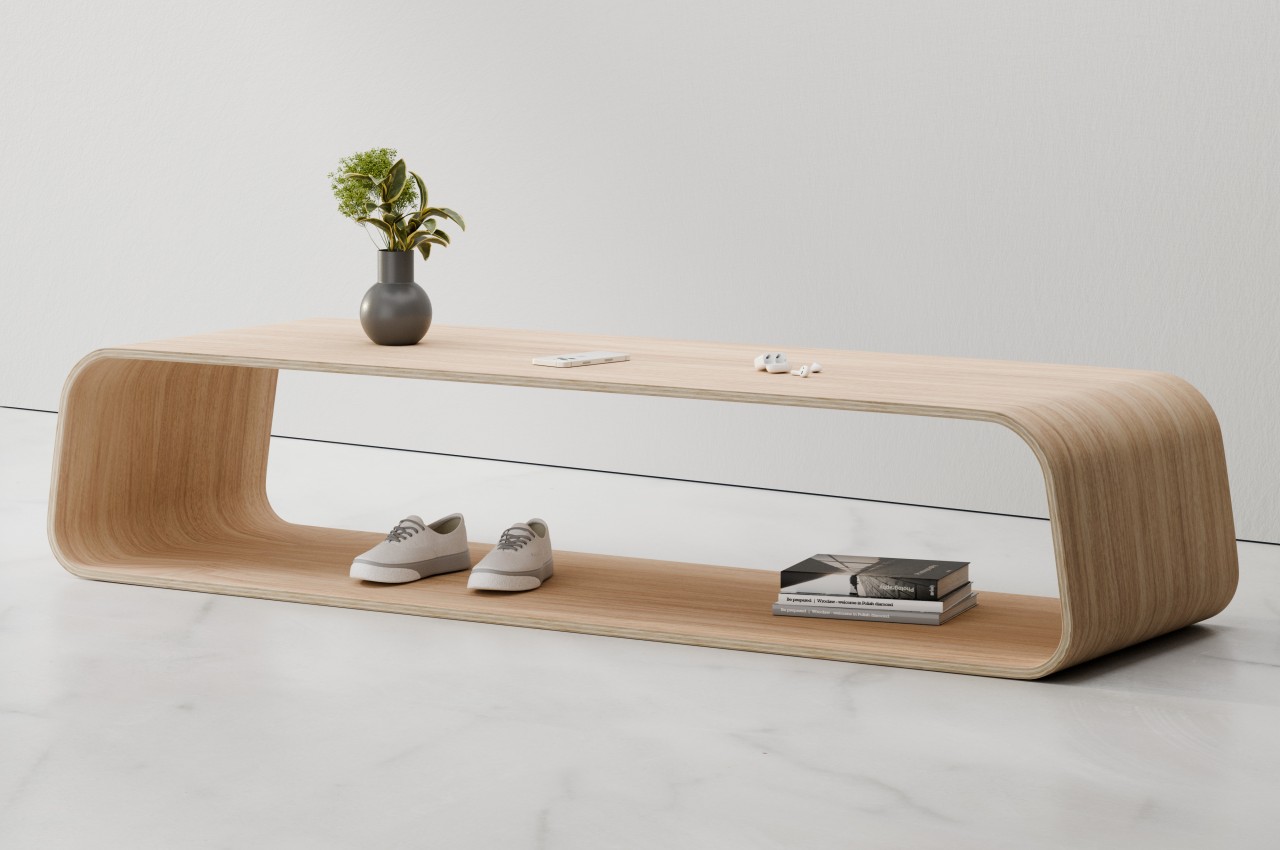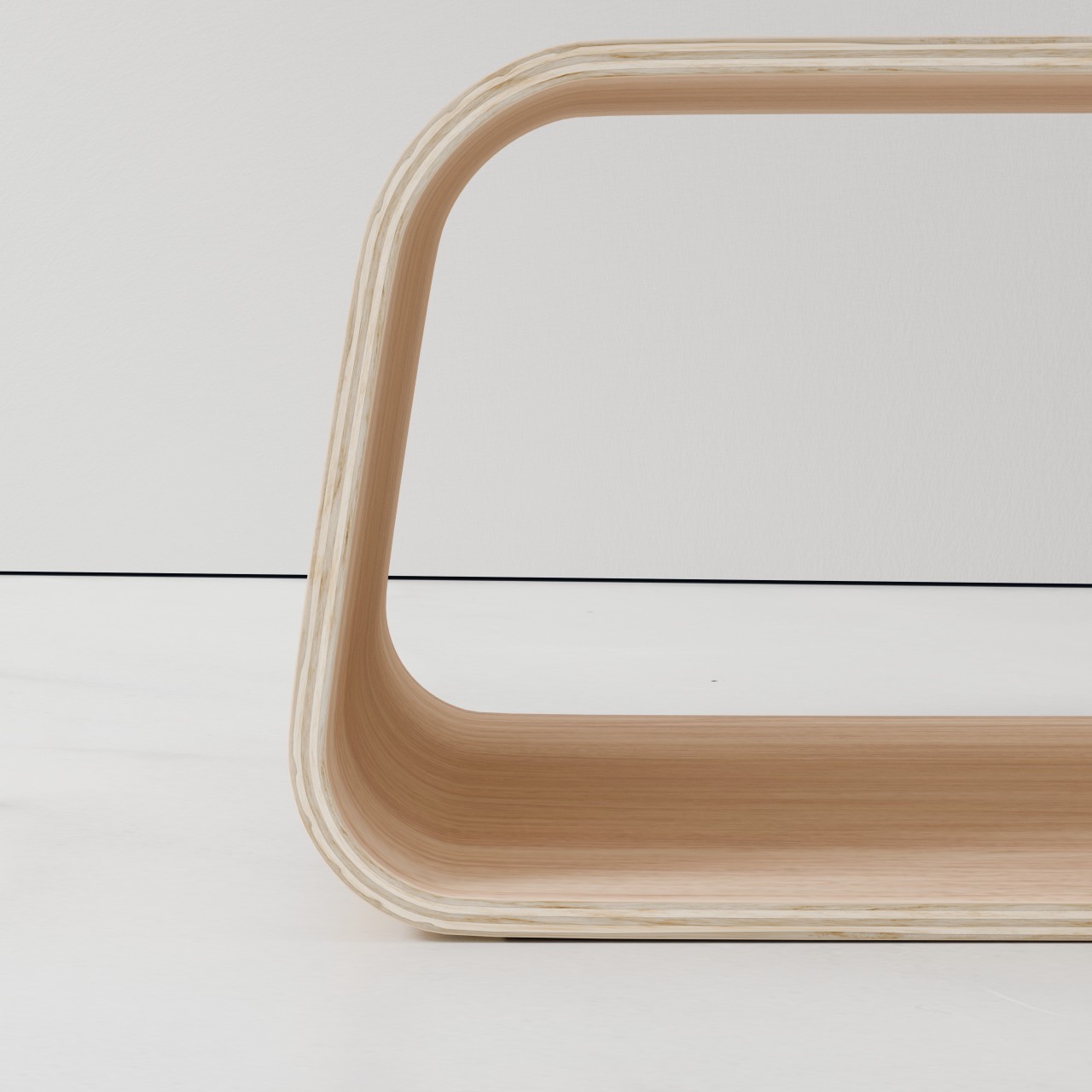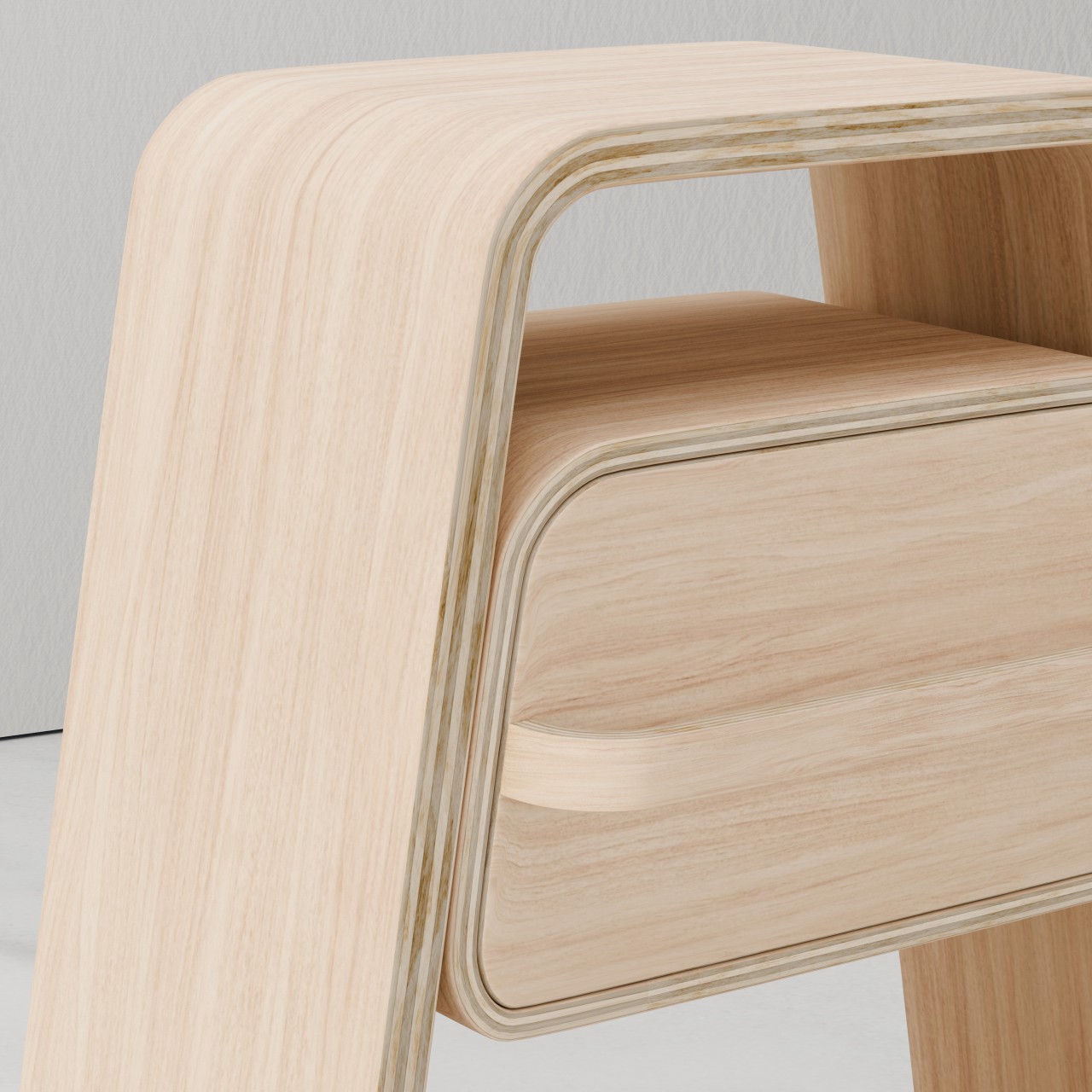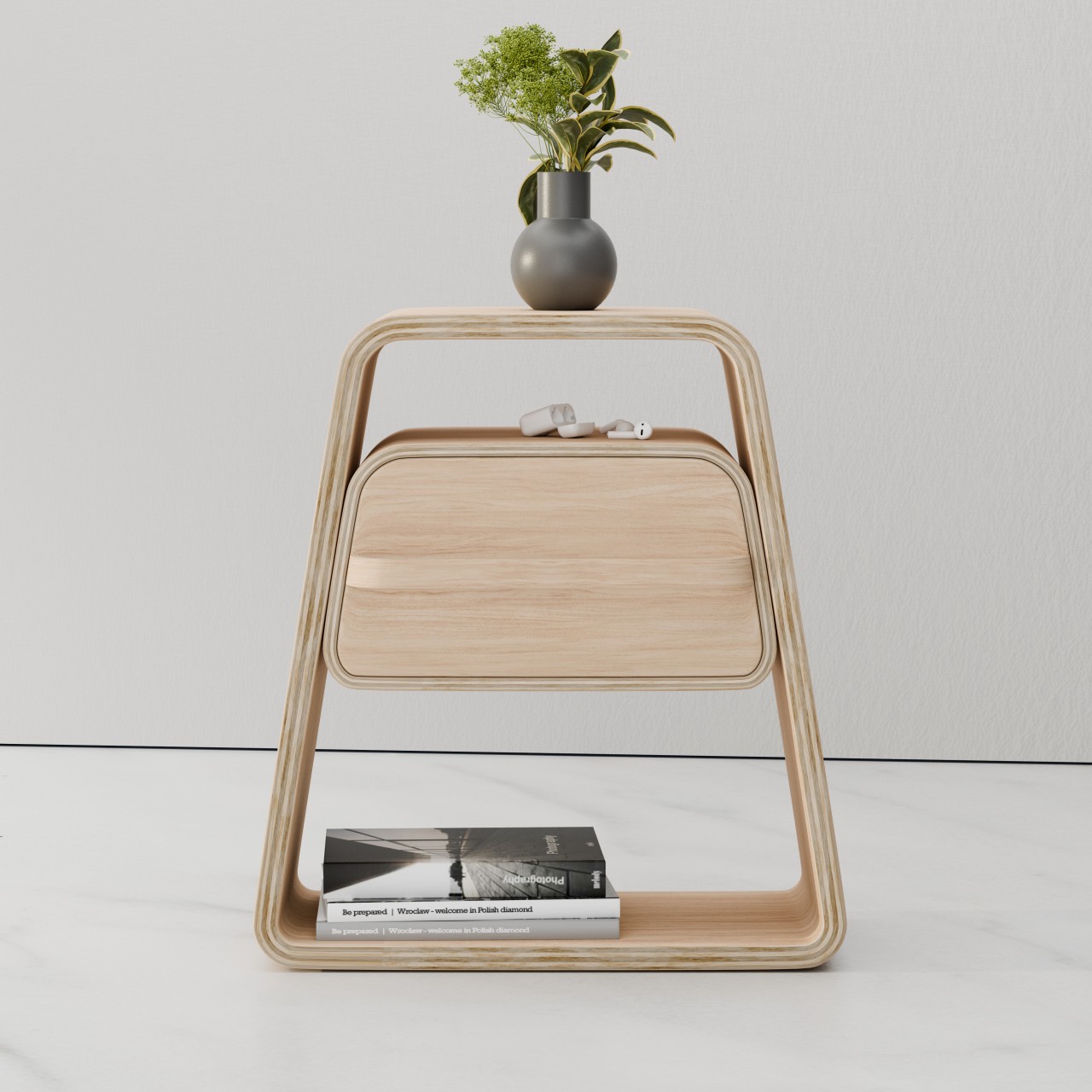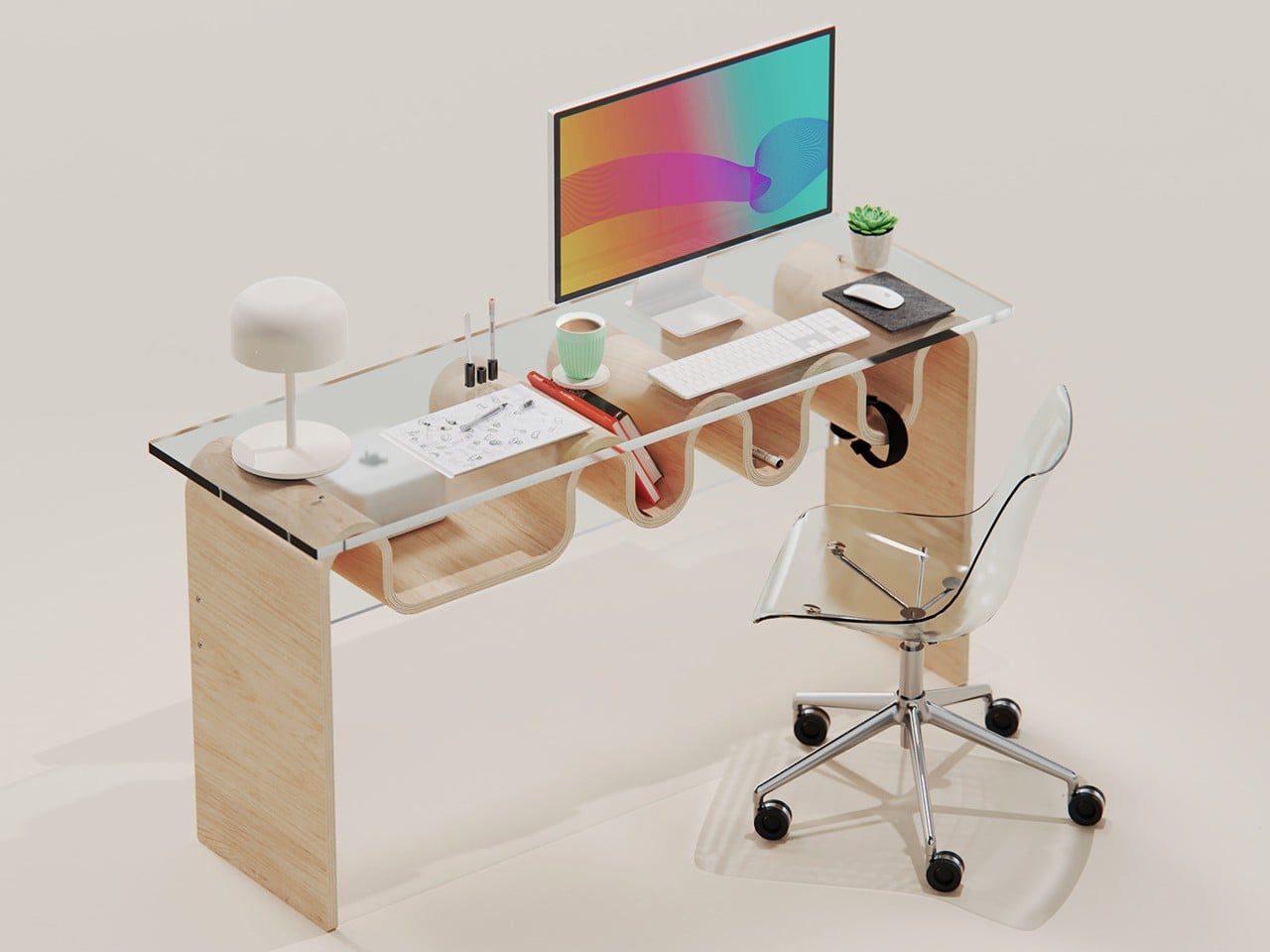
Just because a design is minimalist doesn’t mean it has to be featureless. Part of the challenge of this design style is to deliver the same functionality that more complicated products offer in simpler ways. A desk, for example, would normally have drawers and shelves to put things in, but drawers often introduce mechanisms that wear down over time, and they often block their contents from view, forcing the person to remember what’s inside or waste time going through each drawer in search for an item. Aalto, which means “wave” in Finnish, removes the blinders and designs an open storage system that uses no extra parts, just the table’s body itself.
Designer: Liam de la Bedoyere
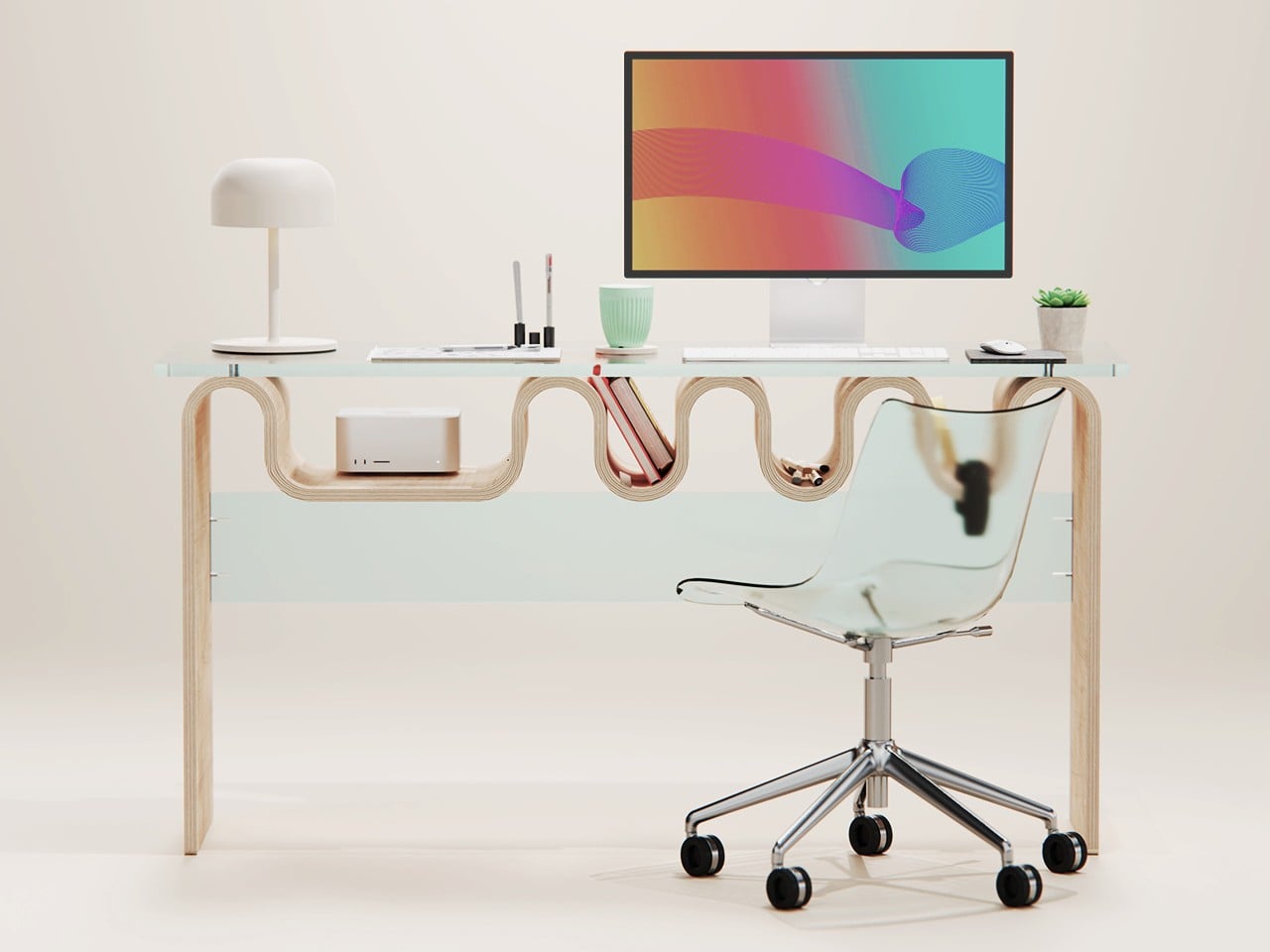
Common desk drawers use a sliding mechanism to move a box in and out of the table. Regardless of the design of the slider, it will eventually fall victim to wear and tear, making it less useful and more stressful. Desks with “open” shelves instead of drawers do remove that variable but doesn’t make it easy to see what’s inside unless everything is at the front or you stoop to take a peek inside.
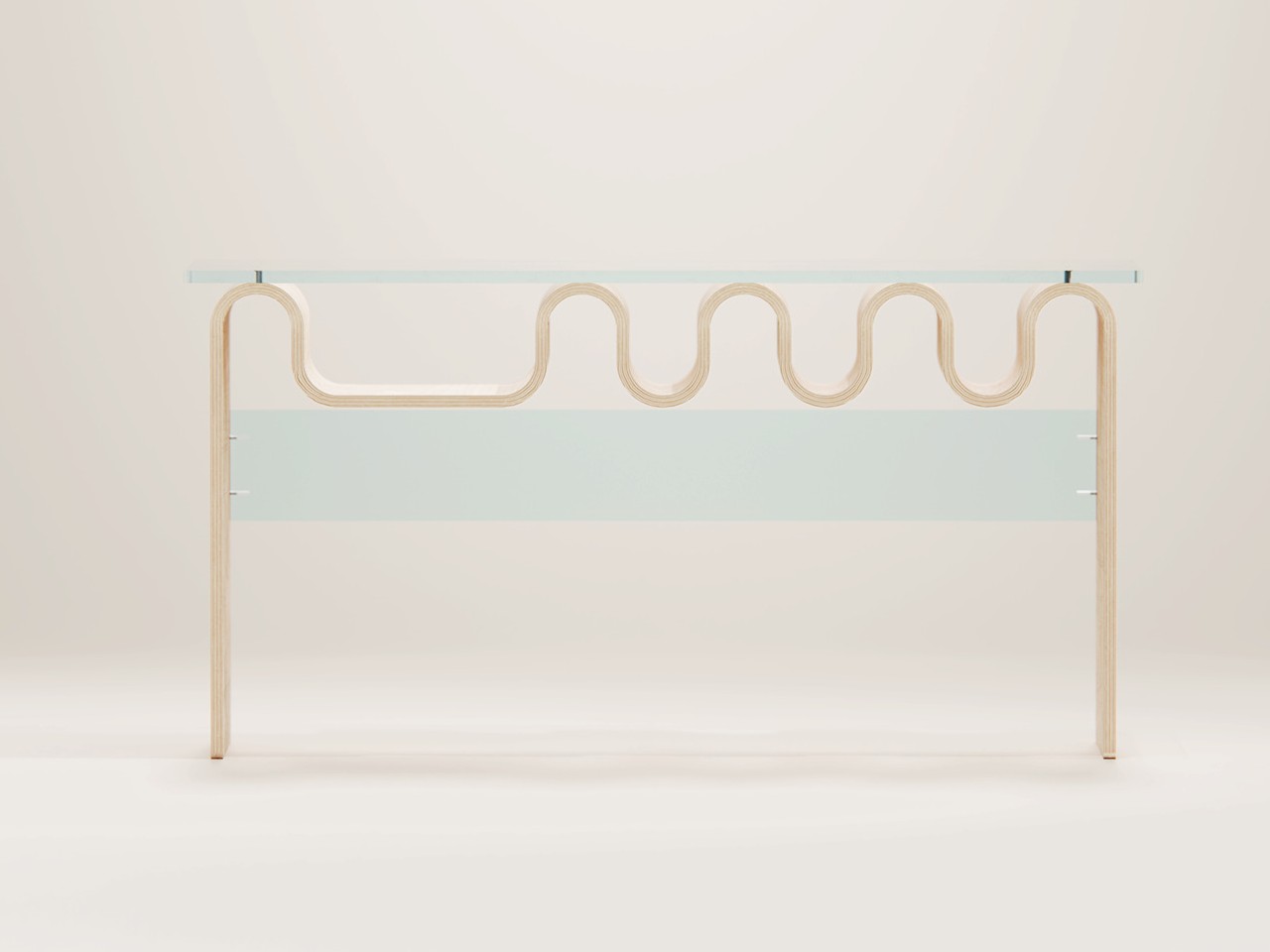
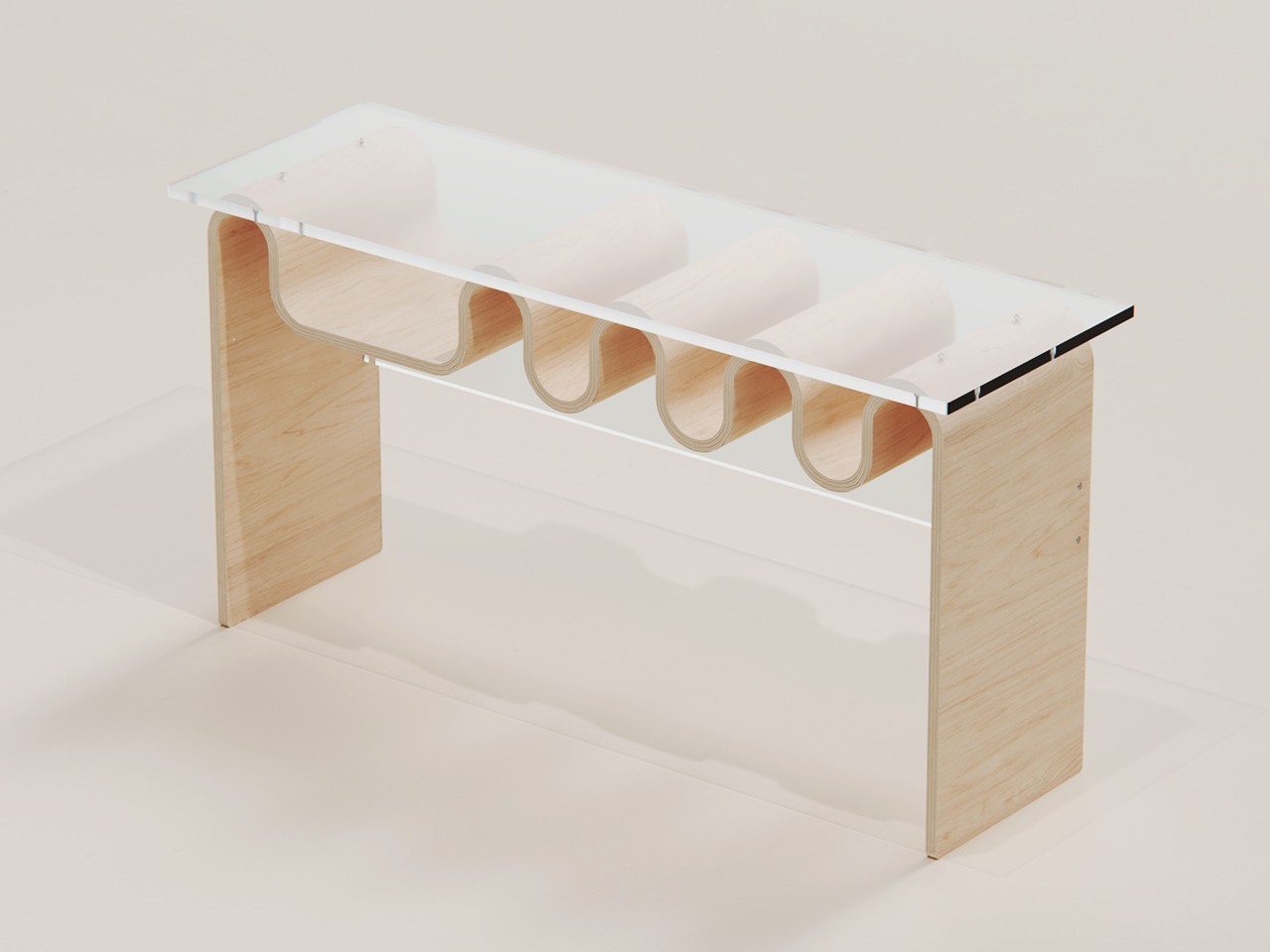
The Aalto design concept uses a series of undulating forms that create nooks that can become storage spaces. Thanks to the glass (or any transparent material) tabletop, you can immediately see what’s inside, ready to be taken out when you need it. Conversely, you can also easily see which compartments are still unoccupied in case you need an empty space.
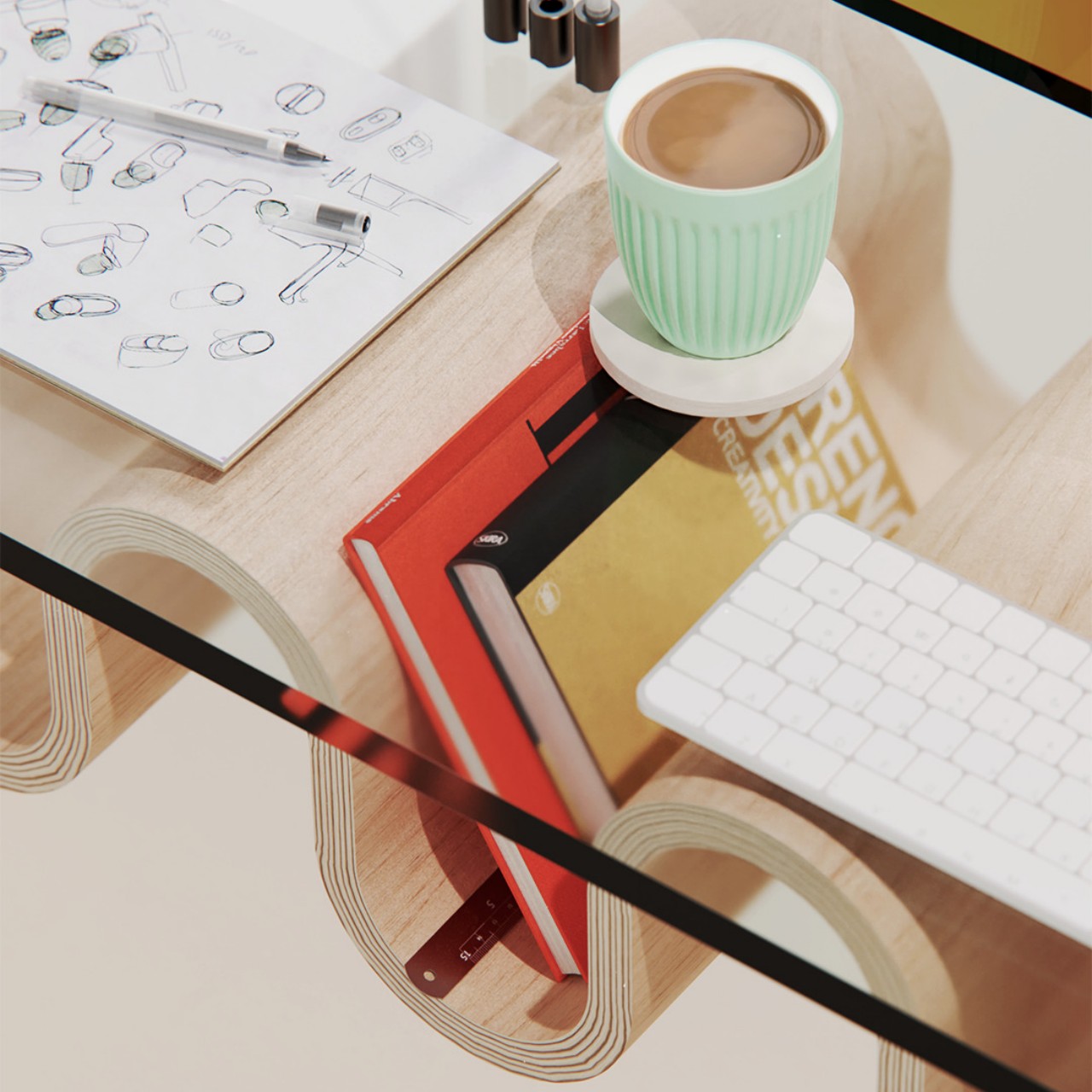
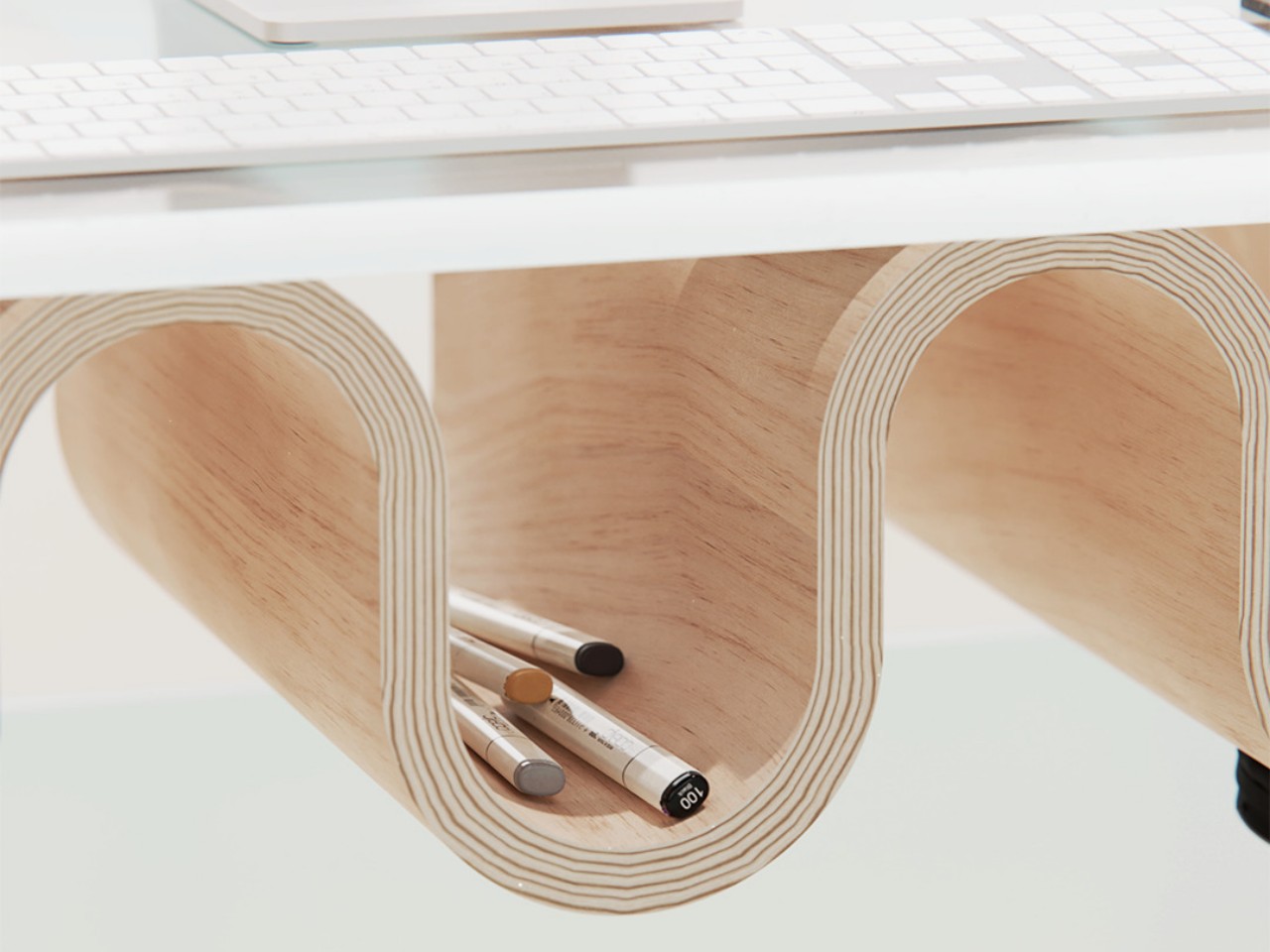
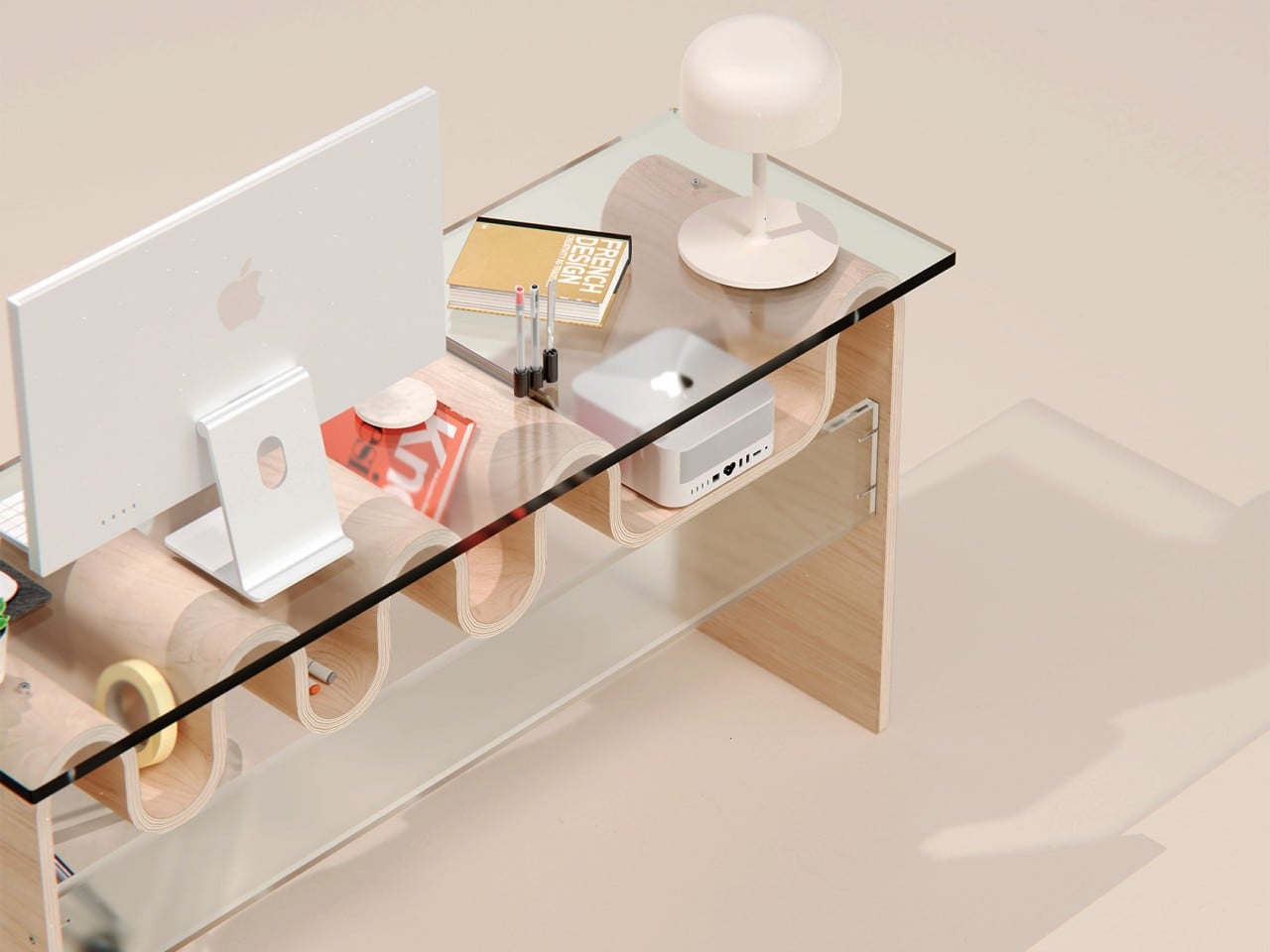
The waves can come in different sizes, which makes room for different kinds of stationery and tools as well, like a laptop in the larger space or pens for the smaller ones. What makes the design even more interesting is that it doesn’t use any extra pieces other than the tabletop. It’s a single unbroken form, though sheets of plywood are indeed joined together to create the semblance of a flowing shape. Regardless, there are no moving parts that will break down or extra parts that can get lost. It is minimalism at its finest.

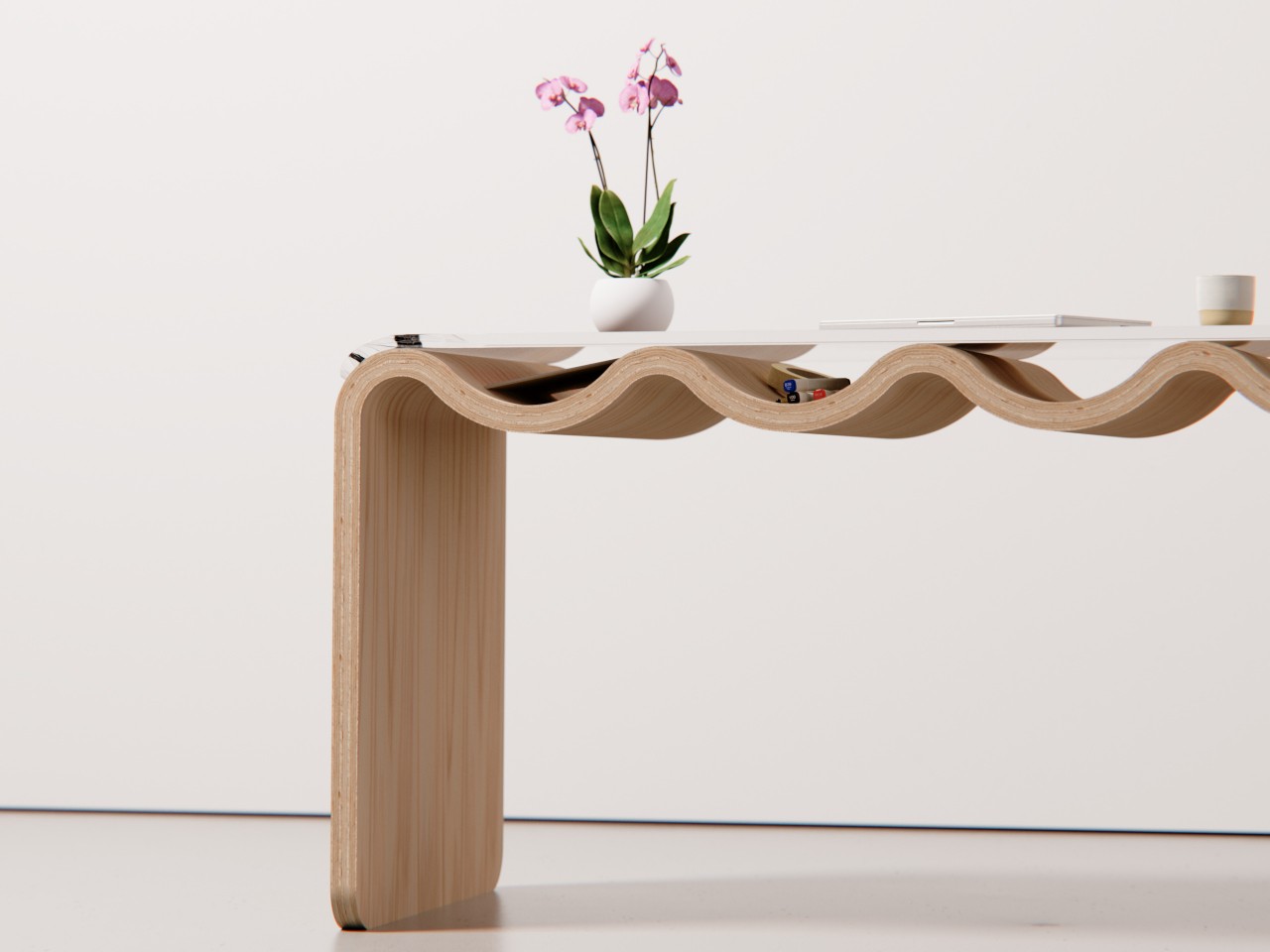
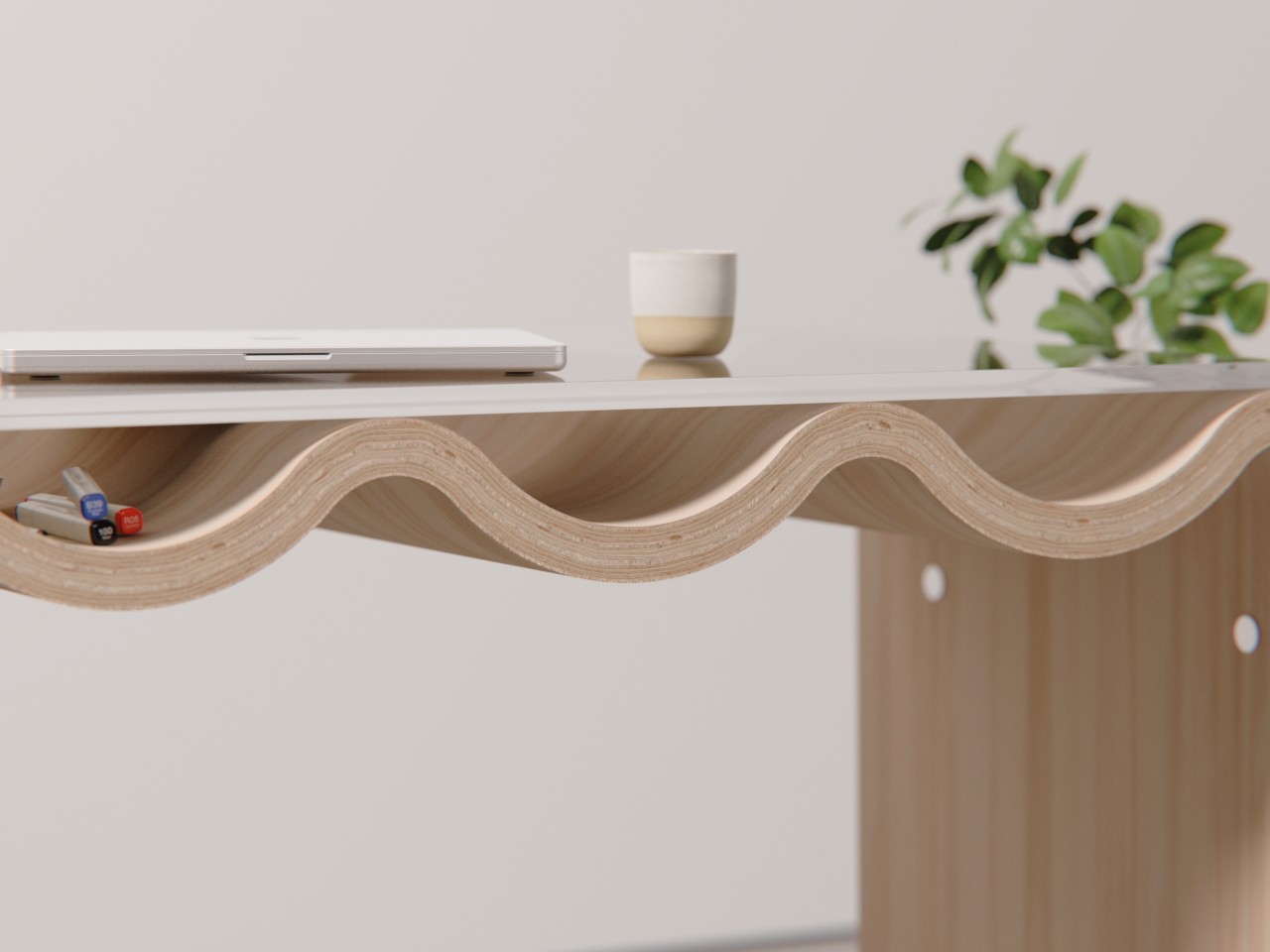
Another version of the Aalto design uses shorter and more uniform waves to address concerns about the troughs hitting people’s knees and legs. That said, it also reduces the flexibility of those spaces to hold objects of any size, but that also becomes a sort of enforced organization system to keep the desk tidy. In exchange, this Aalto variant has a small shelf off to the side, for holding smaller items like books or even a vase. It does have to switch to a polycarbonate material for the tabletop in order to support that bending shape.

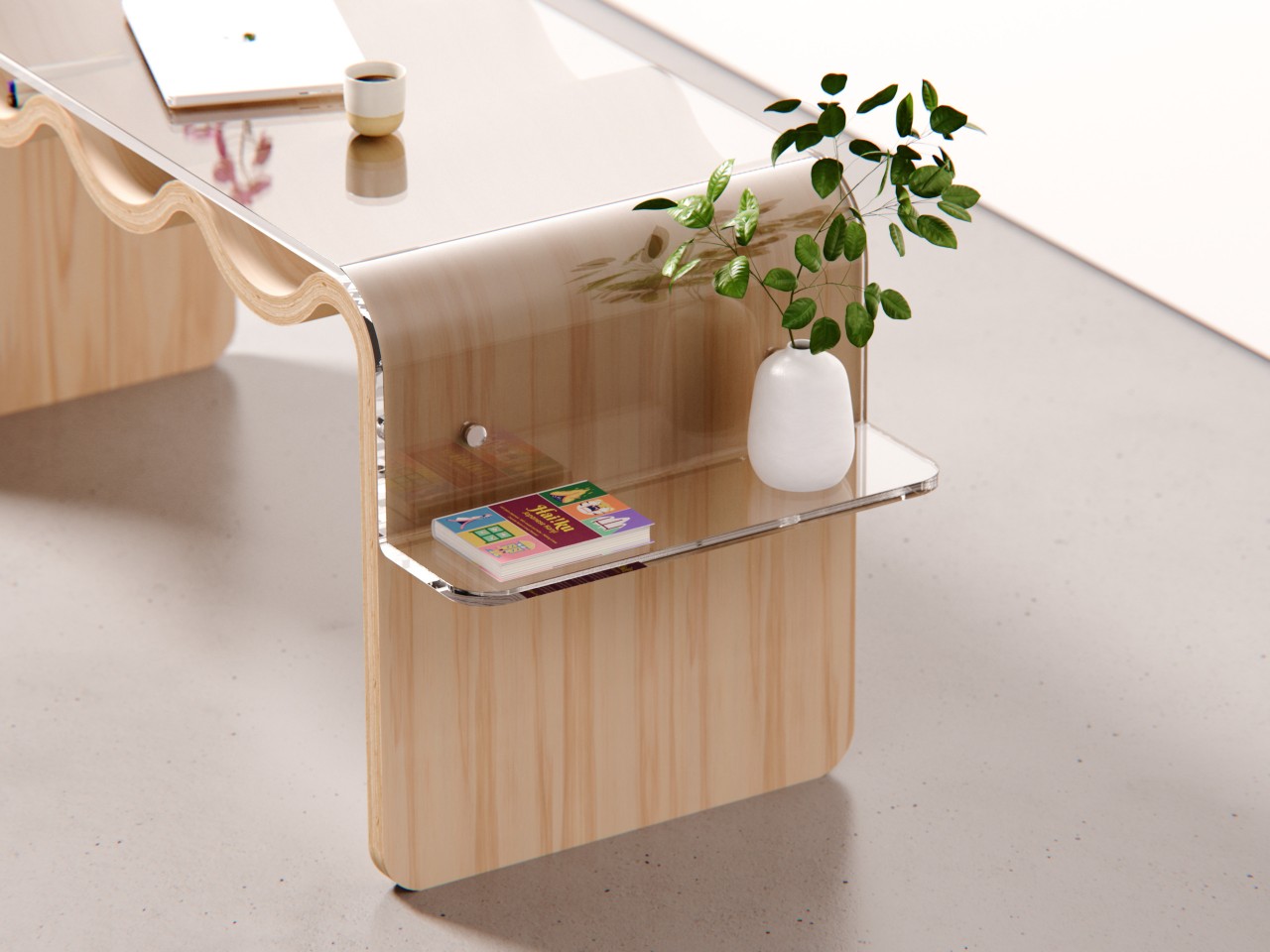
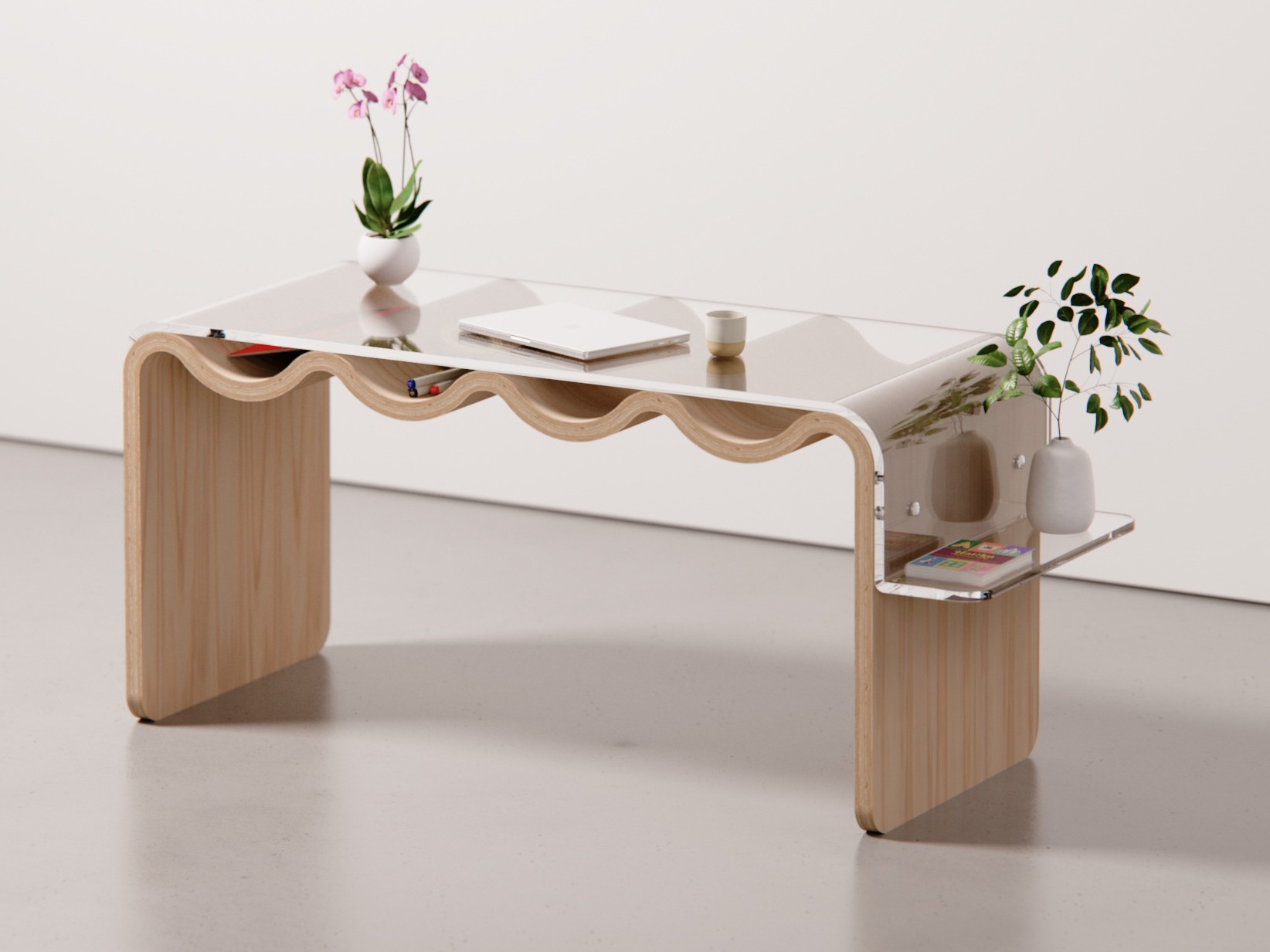
The post Plywood desk concepts use waves to create easy-access storage spaces first appeared on Yanko Design.

